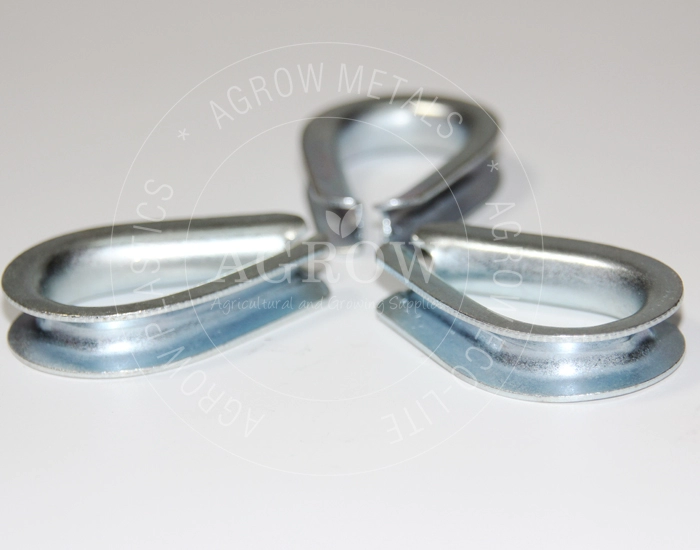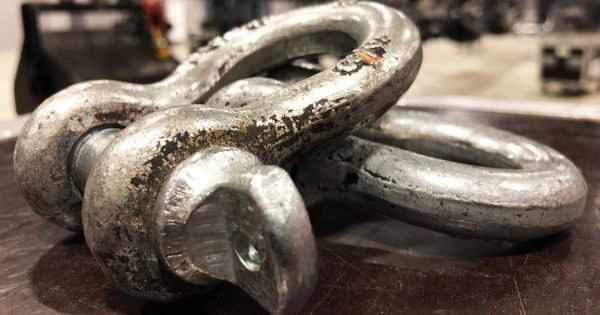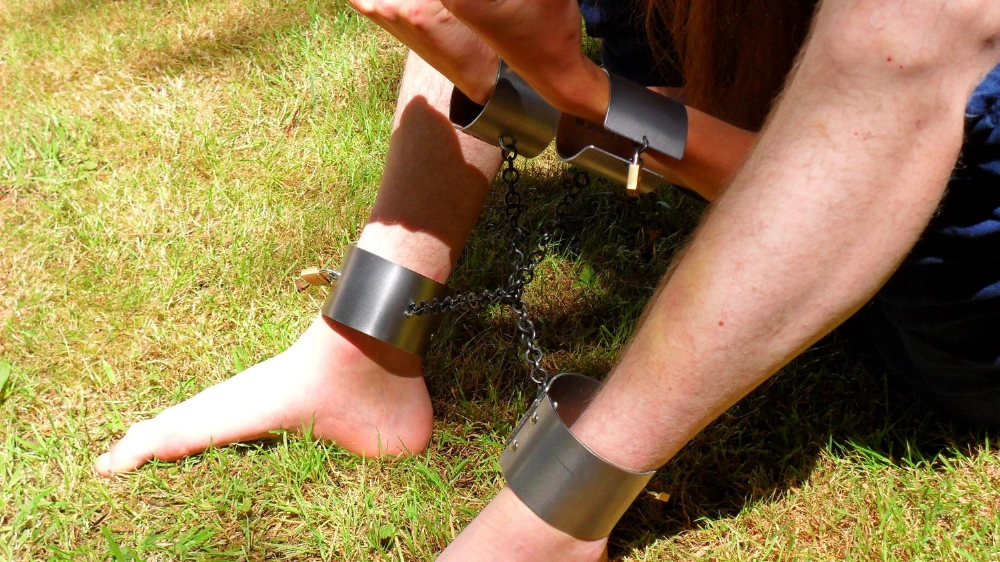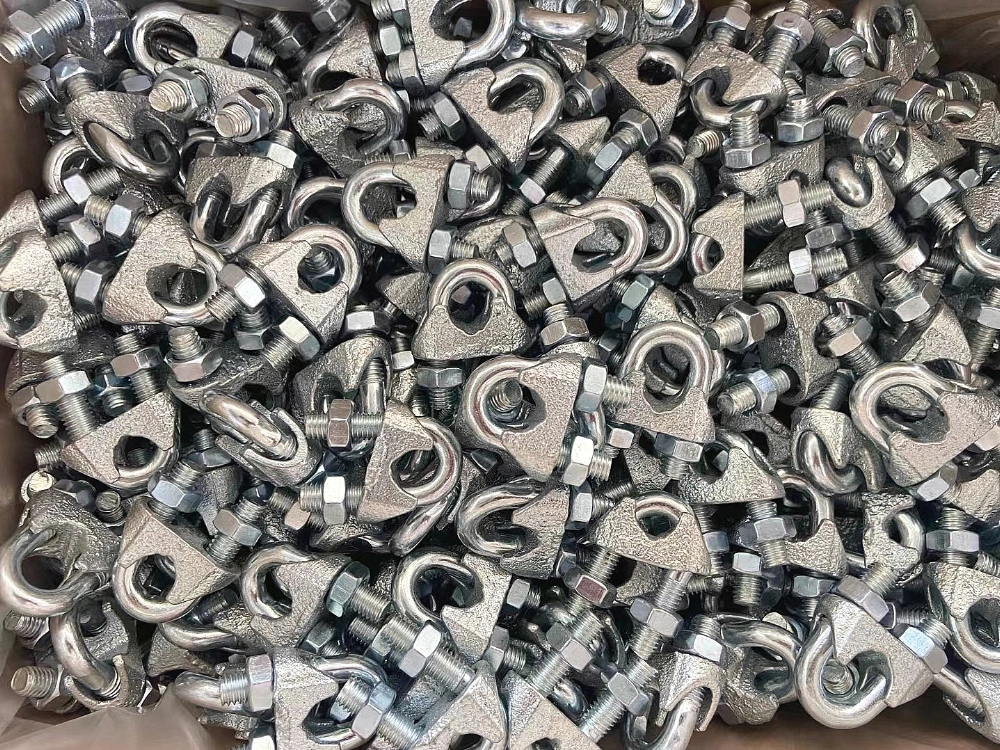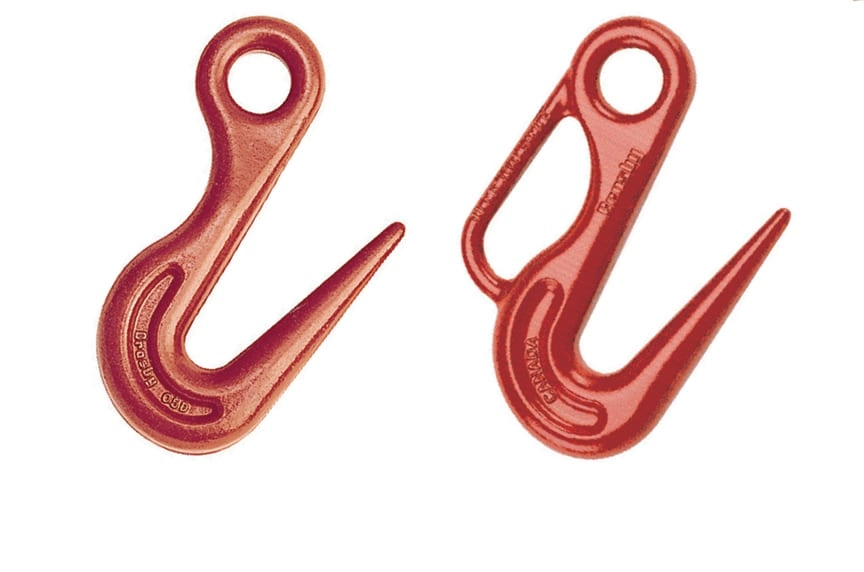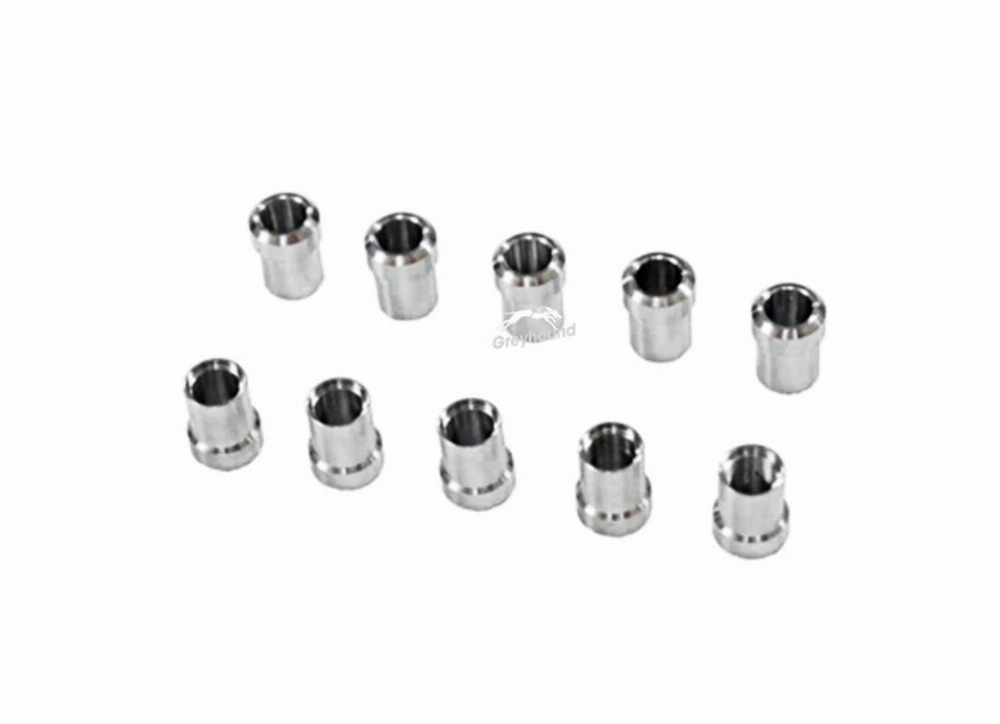Need help? Write to us info@hqlifting.com
- Charging Accessories
- Lifting accessories
- Steel Cable
- Beam cart
- Turnstile for load securing
- Load Ratchet Strap
- Lifting current
- Chain for Load Lifting
- Lifting equipment
- Slings
- Steel Cable Tensioner
- Polyester slingshot
- Load binders
- STEEL HOOK
- Steel Cable Clamp
- Electric winch
- Permanent magnets
- Steel Cable Clamp
- moitão
- Carabiners
- Screw With Eyelet
- Lifting Clamp
- Talha Manual
- Uncategorized
Call our consultants or chat online
+86 151 4514 5178
how manual hoist winch works
Understand how manual hoist winch works It is essential for those who need to move heavy loads. The manual hoist winch It is widely used in the industry and construction. It is cheaper than electrical or hydraulic options.
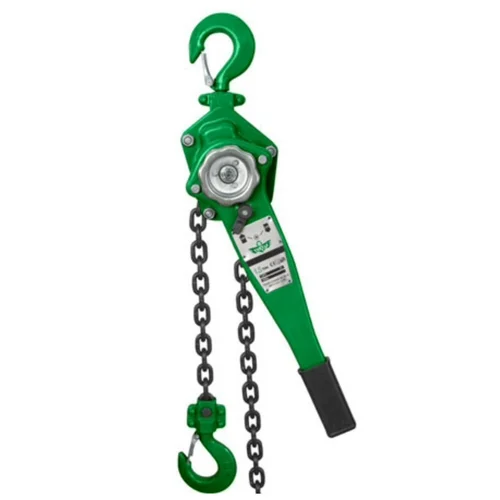
It works with gears and manual force. This allows use in places without electricity or with limited space.
This guide goes from the physical principles to practical tips. It will teach you how to use the talha manual effectively. You will learn to improve your performance and avoid risks in various situations, from small repairs to large industrial projects.
Main Points
- Manual operation ensures safety in areas without electrical power.
- Simple components facilitate maintenance and reduce costs.
- Applicable in construction, logistics, and various industries.
- Force multiplied by gears reduces physical effort.
- Complete guide covers from basic principles to advanced techniques.
What is a Manual Hoist and What is it Used For
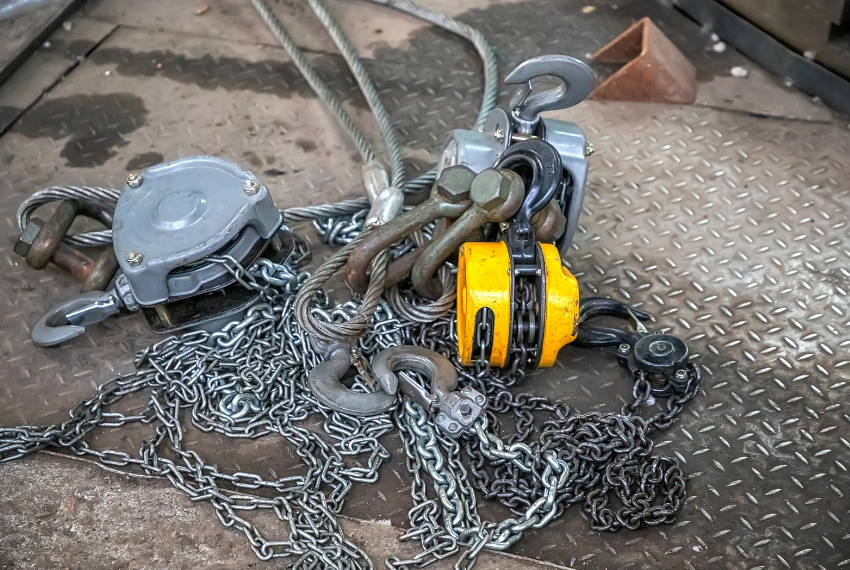
A manual hand winch is equipment used to lift and move loads manually. It is used in construction, industry, and repairs. It operates with a crank that helps tension chains or cables.
Its simplicity and efficiency are essential for moving heavy objects safely.
Differences between manual chain hoist and other lifting systems
- Manual vs. electric: does not depend on external power, ideal for locations without infrastructure.
- Hydraulic counters: lower initial cost and simplified maintenance.
- Compared to industrial elevators: portability and adaptation to limited spaces.
Main benefits of using manual hoist winches
Besides lifting systems more complex, the manual hoists offer:
- Independence from electric or hydraulic power sources.
- Lower cost compared to electric or automotive models.
- Ease of storage due to the compact size.
When to choose a manual chain hoist instead of an electric one
Choose this type of equipment in:
- Sporadic applications, avoiding the cost of an electric hoist.
- Remote locations without access to electricity.
- Low budget, since the cost of the talha manual vs electric is significantly smaller.
Main Components of a Manual Hoist Winch
It is essential to know the manual hoist winch components to use and care for the equipment safely. Each part of the manual hoist structure work together to be efficient and durable. The key parts include:
- Current or Steel Cable: Transports the load and withstands high voltages. Stainless or galvanized steels are used to prevent corrosion.
- Load Hook: Secure the load. It has a reinforced design to prevent deformation under heavy weights.
- Gear Mechanism: Helps increase muscle strength. This reduces the physical effort required.
- Brake System: To stop the movement, usually with mechanical discs or pins.
- Metallic Housing: It is the core of the hoist, made of carbon steel or aluminum, depending on the use.
| Component | Function | Common Materials |
|---|---|---|
| Helmet | Protection and structural support | Carbon steel, aluminum |
| Gear Block | Torque multiplication | Hardened steel |
| Crank | Manual motion transmission | Magnesium or reinforced plastic alloy |
Os manual hoist winch components follow resistance standards of ABNT NBR 16.098. Check the joints and welds of the manual hoist structure helps to avoid problems. Each part of the manual hoist structure increases the winch's load capacity.
How Manual Hoist Tow Truck Works in Practice
Let's understand how the manual hoist works. Let's start with basic physics concepts. The process involves three essential parts: interaction between physical principles, gear system, and the brake mechanism.
Physical principles behind the operation
The operation is based on three principles: leverage, pulleys, and speed reduction. The lever increases the distance over which force is applied, reducing the effort required. The pulleys redistribute the load, dividing it among multiple directions. Speed reduction occurs when the speed of the lever's movement is converted into greater force, essential for lifting heavy loads.
Gear system and force multiplication
- The gears interact to multiply the force applied by the operator's hand.
- Each rotation of the lever makes the gears turn in sequence, progressively increasing the force.
- For example, a 50 cm lever generates up to 5x more force than applied directly.
Operation of the brake mechanism
The brake mechanism operates automatically when the lever stops. Its design is based on pins or discs that lock the shafts under weight. When the operator stops the movement, the friction between parts prevents the load from descending. This ensures safety even in electrical failures, as it relies on mechanical mechanisms.
Types of Manual Hoist Winches Available in the Market
In the United States, the types of manual hoist changes with use. The choice between chain sling vs steel cable and its capabilities affect effectiveness. See the options and how they are used.
Chain hoists vs. wire rope hoist
- Current: They are more resistant to corrosion, great for outdoors. Atlas has models with anti-moisture treatment.
- Steel cable: They are light and flexible, great for construction. Harken has flexible versions for precise hoisting.
Differences between models of varying capacities
Capabilities affect the design and price:
- 500 kg to 1 ton: Perfect for mechanical workshops. For example, the Atlas T-500 manual hoist.
- 1.5 to 3 tons: Used in construction. Genie’s Pro line meets this range.
- 5 tons+: They are for industrial use, like the Harken Heavy-Duty manual hoist.
The models how does a mobile manual winch work also change with the capacity. 1-ton furniture is common in logistics. Fixed industrial ones aim to carry as much as possible.
How the Manual Crank Winch Works
To know how the manual crank winch works, it is important to understand its structure. The hand crank winch transforms the operator's force into continuous motion. Let's look at each part of its operation.
- Crank: The part rotated by the operator to start the movement.
- Drum: The cylinder where the cable or tape is wound.
- Gear system: Increases the applied force, reducing physical effort.
- Brake mechanism: To stop the movement when necessary.
A manual hoist operation It has three stages:
- Turn the crank to transfer force to the gear system.
- The gears multiply the force, moving the drum.
- The brake is activated to stop the rotation, keeping the load secure.
These devices are great for quick tasks, such as lifting loads in workshops or construction. But, they are not ideal for very heavy loads. In these cases, electric or traditional models are more appropriate.
O hand crank winch It is precise and mobile, but requires training. Its effectiveness depends on the gears and the force used in turning the crank.
Installation and Preparation of the Equipment
Before starting the installation of the manual hoist, it is essential to perform safety checks. This ensures that the how manual hoist winch works be done without risks. It is important to follow the correct technical steps to avoid problems that may affect the operator's safety and the equipment's integrity. See the guidelines for safe preparation:

Essential checks before use
- Visual inspection: Check chains, pins, and gears for wear, corrosion, or loose wires.
- Lubrication: Apply oil to critical points to reduce friction and prevent mechanism failures.
- Fixation test: Confirm that the bracket withstands the maximum load declared by the manufacturer.
How to properly secure the winch
- Choose anchor points with a capacity greater than 150% of the hoist's maximum load.
- Use screws and mounting plates compatible with the equipment model.
- Ensure perfect alignment between the winch and the load to avoid excessive torque.
Recommended security tests
| Test | Procedure | Frequency |
|---|---|---|
| Gradual Load | Apply incremental weight up to 120% of maximum capacity | Before each use |
| Load Brake | Test partial weight locking to validate safety | Weekly |
| Support Structure | Evaluate vibrations or deformations during operation | Every 50 hours of use |
Following NR-11 and NR-12 standards is essential for legal compliance. Always check the specifications with the manufacturer's manual before operating.
Step by Step: How to Operate a Manual Hoist Winch
I will show how to use a manual chain hoist safely. I will go through each important step. This helps to avoid risks and increases efficiency.
- Preliminary verification: Check the workplace and remove obstacles. Confirm that the manual hoist winch it is well fixed.
- Secure connection: Connect the hook to the load. Use fastening devices if necessary.
- Load balance: Lift the load slowly to test stability. Adjust if necessary.
- Lever activation: Turn the crank gently. To lower, release the lever slowly.
- Operator posture: Keep your legs apart and your torso straight. Avoid sudden movements.
- Communication: Use predefined signals in teams. Prioritize clear communication.
Add these extra tips for the safe operation:
- Never exceed the maximum capacity of the equipment.
- Take breaks every 10 minutes to avoid excessive strain.
- If there is a jam, stop and check the mechanism.
Following this guide helps to understand and use the how manual hoist winch works correctly. Practicing regularly and reviewing the instructions keeps the equipment effective.
How a Mobile Manual Winch Works
A manual mobile winch, or mobile hoist, combines manual force with mobility. This allows transporting loads in dynamic locations. With adjustable wheels and trolleys, it moves on I-beam rails or flat surfaces.
This ease of movement is great for workshops or construction sites. The portability of the hoists helps to position quickly.

Advantages of mobility in different work environments
- Versatility: Adaptation to limited or under renovation spaces, such as warehouses.
- Time saving: Reduction of physical adjustments by easily moving the structure.
- Space optimization: Ability to relocate the equipment according to daily demands.
Limitations of mobile models
Mobile models have reduced maximum capacity compared to fixed versions. Uneven surfaces or instability during movement require attention. Wheels and tracks need regular maintenance to prevent failures.
To operate safely, check surface compatibility and maximum load. The movable hoist offers freedom but requires planning to compensate for technical restrictions.
Preventive Maintenance and Essential Care
For what the how manual hoist winch works works well, it is essential the hoist maintenance. It is important to follow the right practices to avoid problems. This ensures the safety and proper functioning of the equipment. See the crucial steps to take care of your winch.
Recommended maintenance schedule
- Daily: Before use, check the chains, hooks, and gears.
- Weekly: Clean the equipment and apply lubricant to the important points.
- Monthly: Tighten the screws and check if everything is fine.
- Annually: Have a professional inspection to find hidden problems.
Signs of wear that require immediate attention
- If the chains are stretched or the teeth are not aligned.
- If the hooks are bent or if there are cracks in the metal components.
- If the equipment is making a lot of noise.
- If there is difficulty activating or if the brake is not working well.
How to extend the lifespan of your equipment
To make your equipment last longer:
- Use appropriate lubricant for the chains, such as graphite-based grease.
- Store in a dry place, away from moisture and corrosion.
- Perform load tests with standard weights from time to time.
Attention to signs of wear helps to avoid serious problems. By following these tips, your equipment will work well and safely.
Conclusion
The manual hand winch is essential for lifting loads. It operates mechanically, making the operation safe and efficient. It is perfect for places without electricity if used correctly.
It is important to choose the right winch for the load. Check if the cable is steel or chain. Following the manufacturer's instructions and performing daily checks are essential for safety.
Keeping the winch in good condition is crucial. Check the gears, brakes, and cables frequently. This prevents problems and ensures continuous operation.
Choose brands with certifications and undergo technical training. Stay updated on the latest in safety and technology. Using the winch responsibly ensures safety and efficiency in any project.
Share:

June Han /founder and designer
The co-founder of Hqlifting, sales director, amateur writer about fitness business

